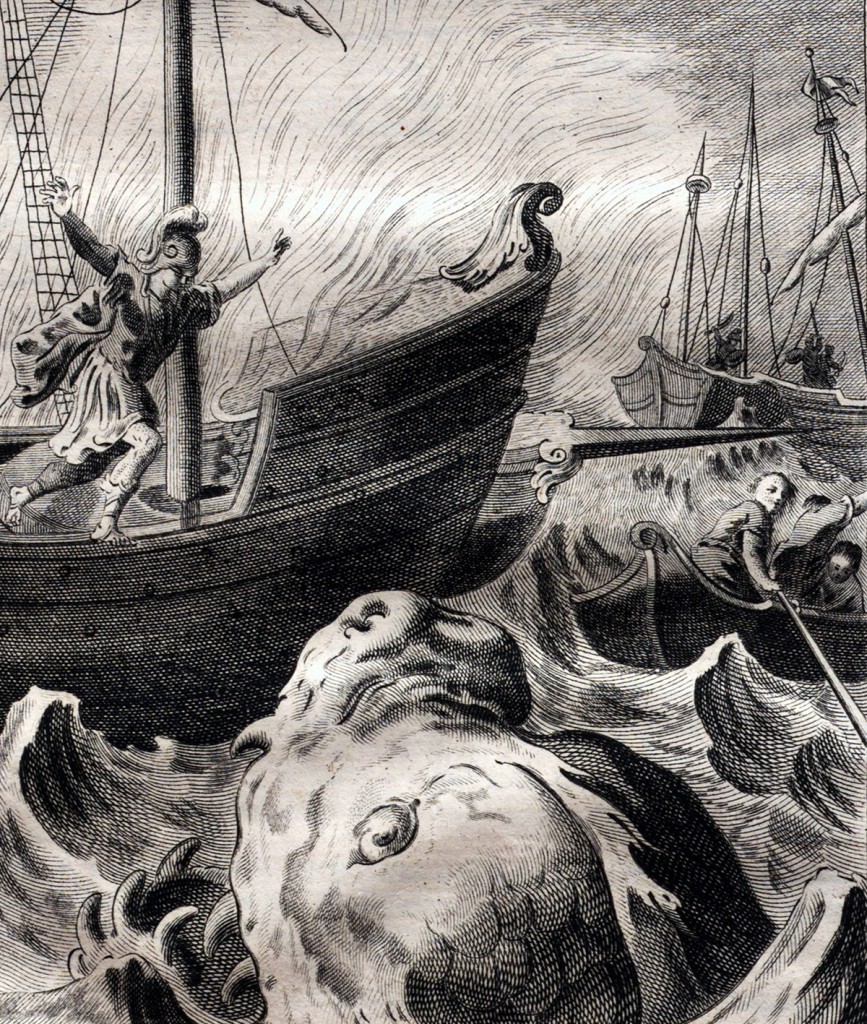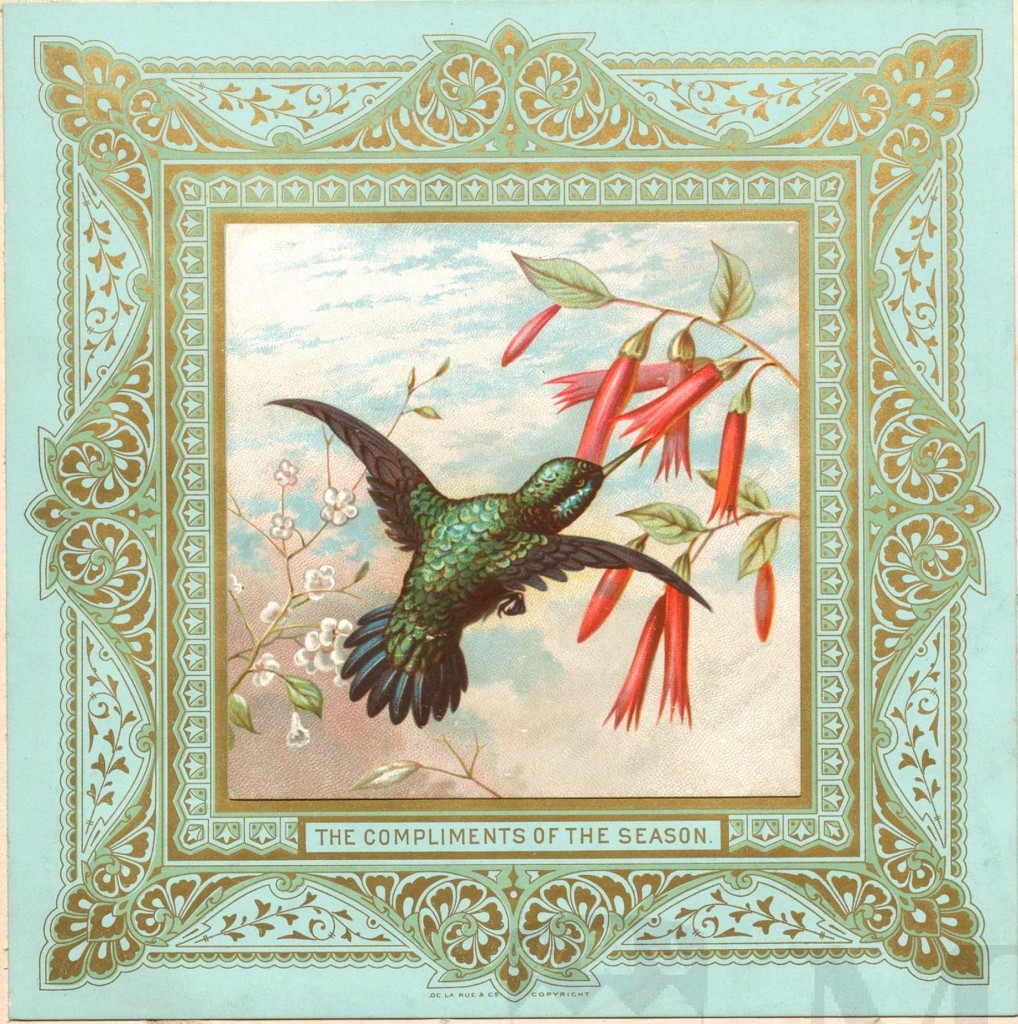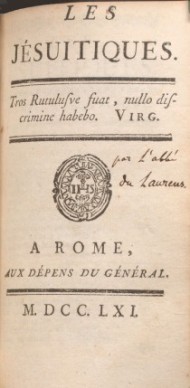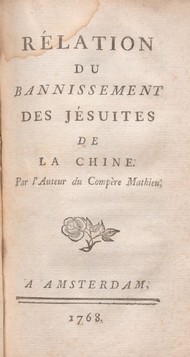The McGill Library has made a substantial contribution to a brand new show to be held at The National Gallery of Canada starting November 8th, 2013.
Artists, Architects & Artisans: Canadian Art 1890-1918
This major national exhibition “looks at the interaction among artists, architects and artisans, as well as critics and collectors at the turn of the 20th century”.

Full-scale drawing, over 4 metres in length, for iron work, by Percy Nobbs
Since 2009, the Chief Curator of the Exhibition, Charles C. Hill, investigated the holdings of many archival and architectural repositories, including McGill’s John Bland Canadian Architecture Collection (CAC), looking for architectural projects that illustrated “the aesthetic of the Beaux-Arts tradition and the Arts and Craft movement, enhanced by many international currents of art.“ In particular, the Exhibition draws extensively from the archives of the Maxwell Brothers and Percy Nobbs, housed in the John Bland Canadian Architecture Collection.
Charles Hill, the distinguished Curator of Canadian Art at the National Gallery of Canada, together with a contributing associate, Rosalind Pepall, former Senior Curator of Decorative Arts at the Montreal Museum of Fine Arts, examined in minute detail, archival material such as: logbooks, diaries, supply catalogues, project cost ledgers, and signatures of all kinds appearing on documents and drawings. They were looking to verify names connected to a project and further understand the relationships between artists, architects, artisans, landscape designers, urban planners and so on.
McGill contributed about 80 pieces for loan: rough sketches, presentation watercolours, hand-drawn scale drawings of exteriors, photographs of the interiors, and even pieces of furniture – the latter of which shows the craftsmanship of dedicated artisans.
One of the pieces loaned to the Exhibition is this exceptional, full-scale drawing of the iron work intended for the font cover bracket and counterweight for the Saint James Church in Trois-Rivières, Québec. It was executed by Percy Nobbs in graphite, ink and watercolour on thin opaque paper. Measuring 4.30 metres long by 1.06 metres wide, it is one of the longest drawings ever discovered in the John Bland Canadian Architecture Collection. It was quite a feat for the McGill Digitization Team to scan, since it fell well beyond the dimensions of the scanning platform.
In fact, it needed to be captured in 6 phases, and then stitched together to form one composite image.
Over a two-year period, more than 100 photographs were selected for the digital component to made available for visitors on e-viewers. Thanks to the sustained and brilliant work of the Digitization Team, with special mention to Coordinator Jennifer Innes, and Digitization Administrator (and photographer), Greg Houston, this material will come alive in a new way.
A printed exhibition catalogue highlights and discusses all of the loaned and digitized material from McGill University, and from many other lenders across the country.
It was a pleasure to assist the Curators over this long haul of research and preparation. It promises to be a most enlightening show. We invite you to attend the exhibition, which is on from November 8th 2013 to February 2nd 2014, in Ottawa.
Ann Marie Holland, Liaison Librarian, Rare Books and Special Collections.
Update: see also the McGill Reporter article, February 2014
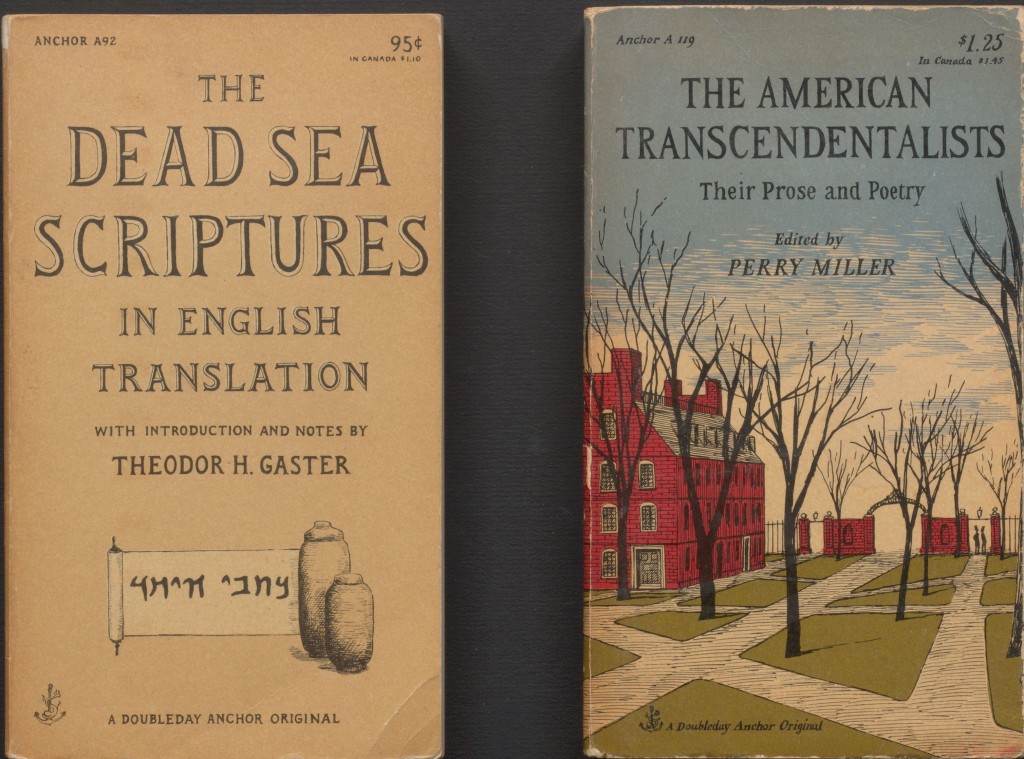 ish by Theodore Gaster, 1957.
ish by Theodore Gaster, 1957.
